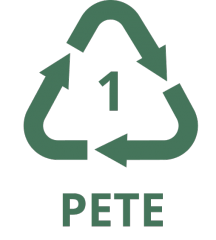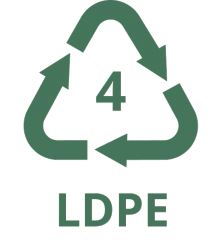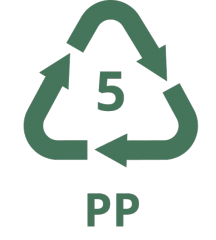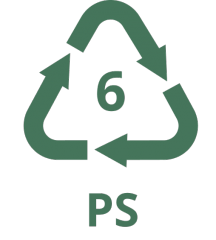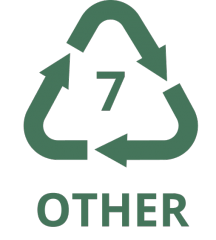“What did this one mean now again?”
Posted: 27 January 2022
Have you ever chosen a plastic bag because you saw a recycling logo on it? Or wondered if the paper packaging that says “compostable” can be placed in your garden? Most packaging has small symbols on it with the purpose to clearly indicate to the user either where it comes from, or where to throw it away, but these symbols tend to cause more confusion than clarity. We thought we would clear these up so that you can be sure of what exactly it is you are buying.

The green dot
The green dot is a symbol that states that the producer of the packaging has paid a fee to the local waste recycling system to financially help out in aspects such as the collecting, sorting, and/or recovery of their packaging waste. The confusion that usually arises here is that this symbol does not mean that the packaging is made of recycled material, nor that it is necessarily recyclable, but that the company is part of the green dot scheme in their respective European market. In most European countries, the green dot is a registered trademark symbol and requires a license to display it.
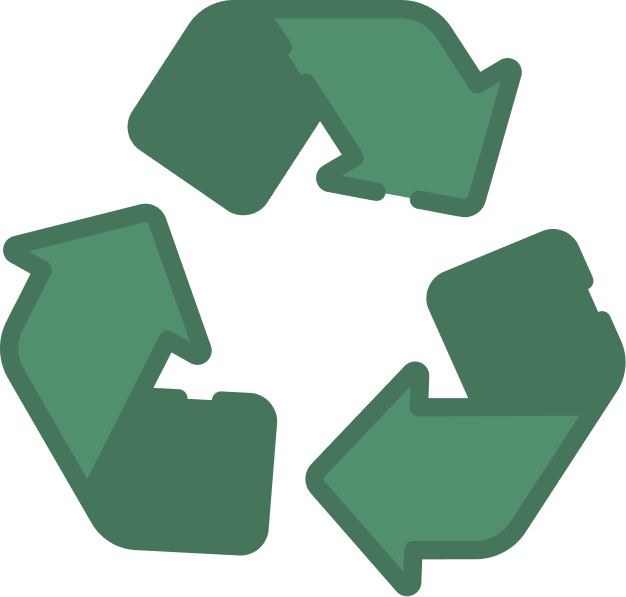
The mobius loop
Next up is the mobius loop. Well known as a symbol, but often misinterpreted in its meaning, the mobius loop indicates that a certain product can be recycled, but not that it is recycled. Only if there is a percentage in the middle does it mean that it comes from recycled materials, with the percentage indicating what fraction of the packaging is from recycled materials.
With the mobius loop also comes the plastic Resin Identification Coding system (sometimes also known as the SPI number), which indicates what type of plastic the product is made of, and whether it can be recycled or not. Nearly all plastics can theoretically be recycled, the important question however is if it will be recycled in the specific region where it is being disposed of. Most plastics are just not economically feasible enough to recycle, as the cost of collecting, sorting, and recycling requires extensive infrastructure and energy, and the loss of quality during the process makes selling recycled materials hard to motivate. The following are the recognized mobius loops for plastics:
Scroll horizontally to see all table data
|
|
|
|
|
|
|
|
|
Polyethelyne terephtalate |
High density polyethelelyne |
Polyvinyl chloride |
Low density polyethelyne |
Polypropylene |
Polystyrene |
Everything else |
|
Bottles, jars & bags |
Bottles, jars & bags |
Bags, films & some pipes |
Films, bags & flexible container lids |
Kitchen & tupperware, caps & containers |
Disposable cups, containers & packaging foam |
plastic CD’s, medical storage containers & baby bottles |

The seedling logo
The seedling logo represents that a product is certified to be compostable in an industrial facility, where the conditions such as temperature, moisture, and time frame can be controlled. After this process, the only remains should be water, biomass, and CO2. For a product to be eligible for the logo, it needs to be formally certified by independent certifiers3. The seedling logo does not mean that the product can be placed in your garden compost, and a plastic product with this logo should not be placed in recycling with other plastic products as it has a different structure and will contaminate the recycling stream.
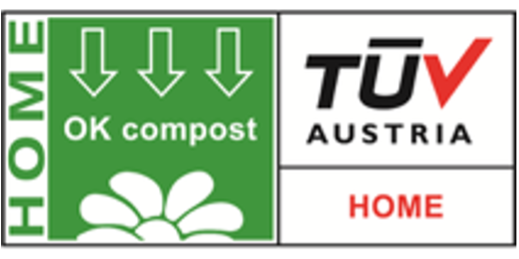
OK Compost home
The above seedling logo might sometimes be paired with the OK compost home logo, which indicates that a product can be composted in a home compost, where the temperature, moisture and time frame conditions are less strict than in the industrial plant. However, important to remember is that these conditions do need to be controlled still, and this product will not simply degrade by itself without some help.
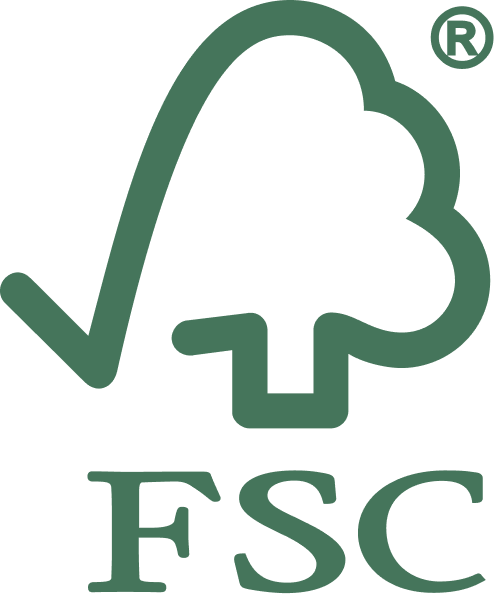
The FSC label
The Forest Stewardship Council logo indicates that the wood that was sourced for the product comes from well managed forests. The use of the logo requires certification by the Forest Stewardship Council according to their guidelines on either responsible forest management, or chain-of-custody (meaning that the FSC materials have been checked at each stage of the life cycle)5. The FSC might also certify that a product uses recycled materials, either as a mix or as 100% of the product, however the FSC recycled materials logo does not ensure that the original forest is sustainably managed.
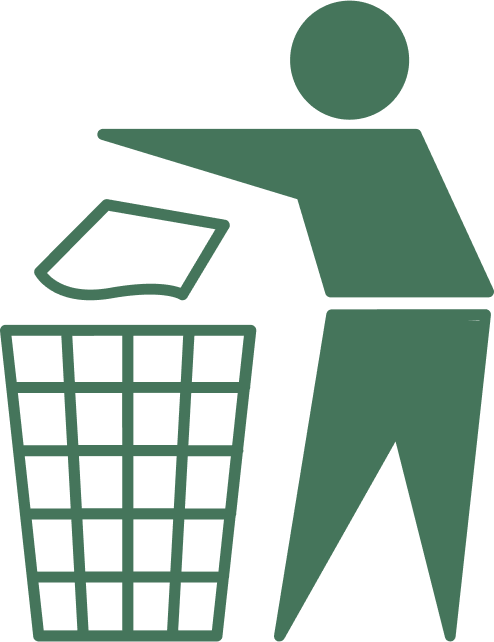
The tidyman logo
The so called “Tidyman” logo asks that you do not litter. It has nothing to do with how recyclable something is, or where to throw it, it simply acts as a friendly reminder to put your waste somewhere that is not the environment! Hopefully this quick guide has given you some more insight and clarity into the different labels that might appear on your packaging. So next time you are about to throw something away, or considering which packaging to buy, you can make the best choice for you and the planet!
